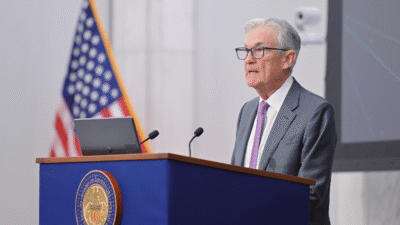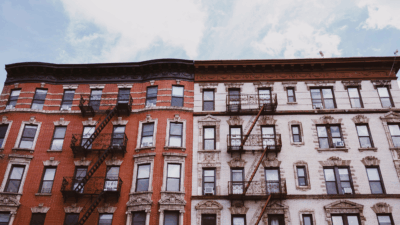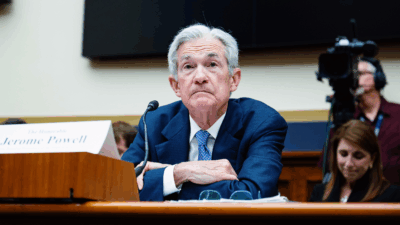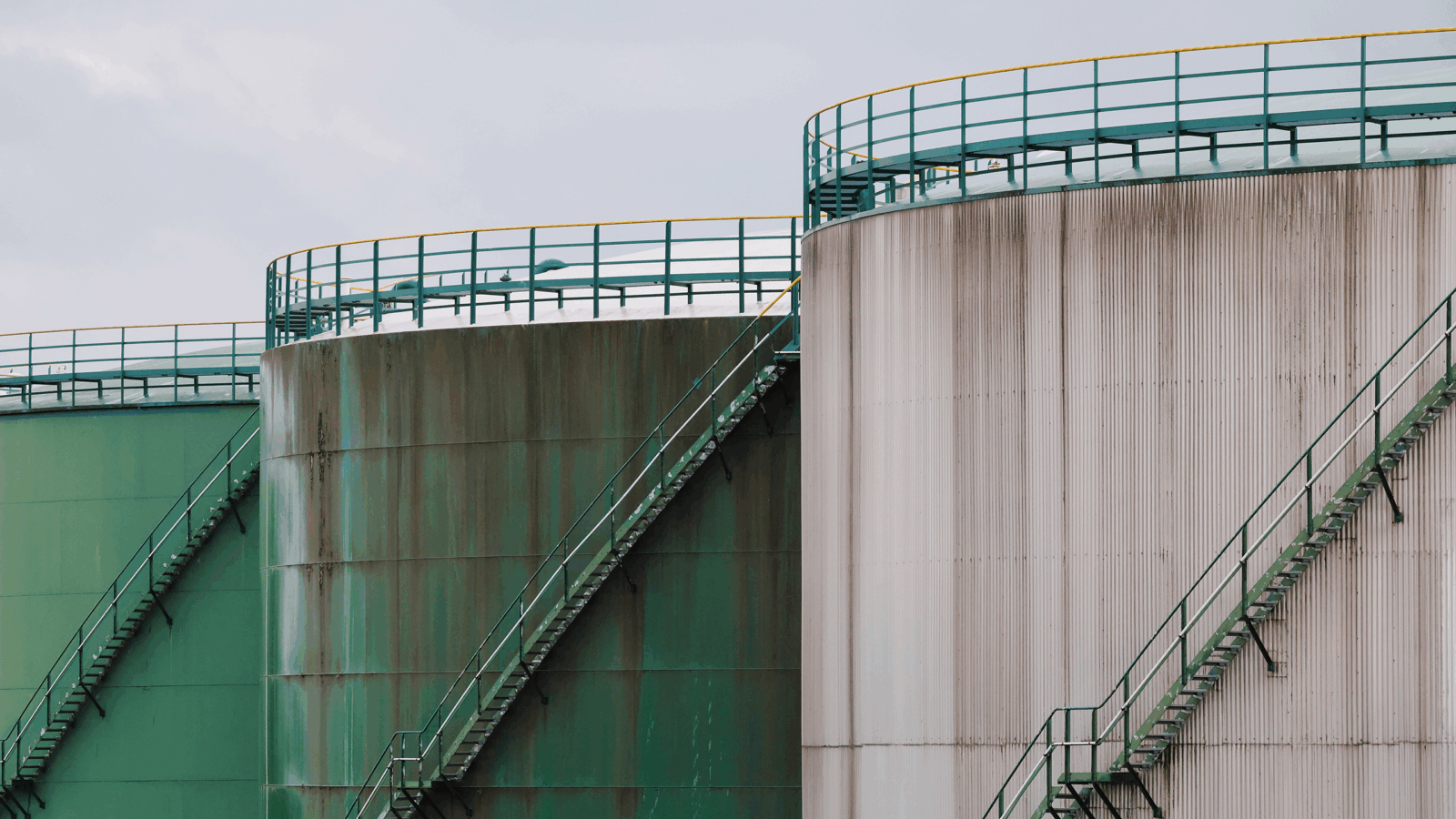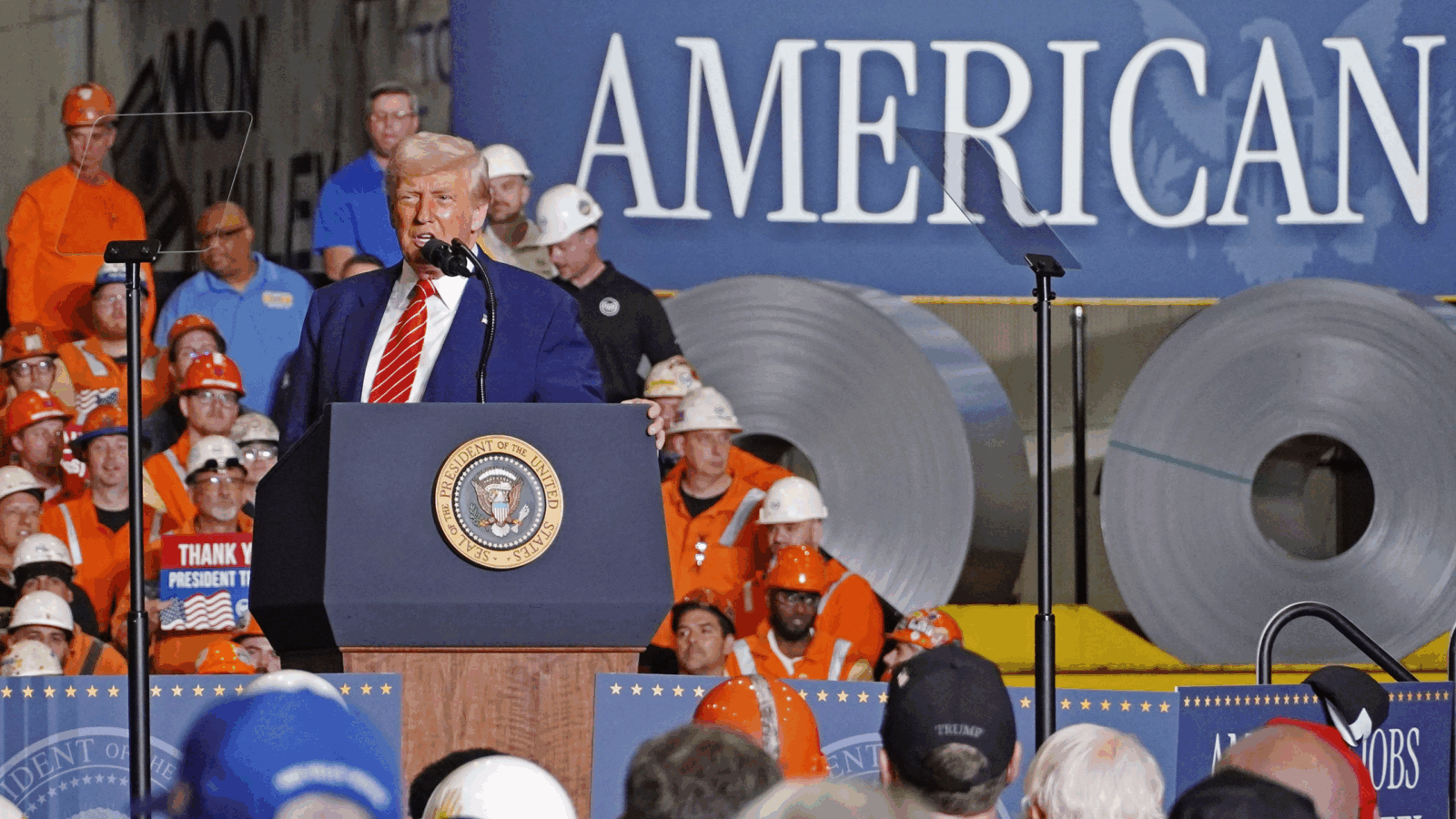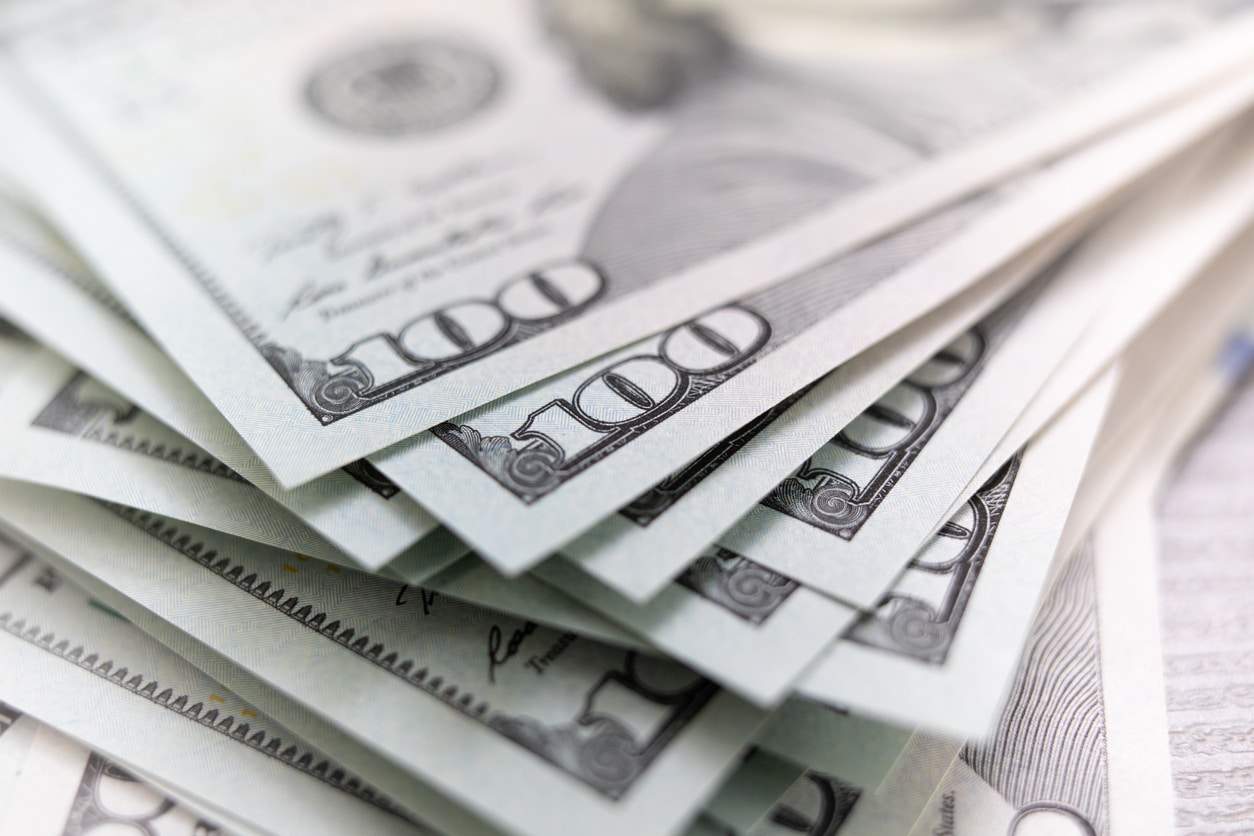
Sign up for smart news, insights, and analysis on the biggest financial stories of the day.
The good news: America’s economy grew a solid 6.5% in the second quarter, according to estimates released by the Commerce Department Thursday. The GDP of the world’s largest economy is now above pre-pandemic levels, as government stimulus and Covid-19 vaccinations have sparked a consumer spending spree.
The bad: the pace of growth reported by the Commerce Department fell well short of the 8.5% predicted by economists, and labor shortages and supply chain disruptions are holding back growth while the specter of the Delta variant hangs over everything.
Spent Up & Sold Out
Millions of U.S. households received stimulus checks in the spring, which sent many on a bigger spending spree than Black Friday shoppers at The Mall Of America. Retail demand has been so robust that there are shortages of cars and household appliances, with restocks far from imminent. The fierce consumer spending has helped offset muted results in business investment:
- Personal consumption was the strongest piece of the GDP data. Spending in Q2 grew another 11.8% after rising 11.4% in the first quarter. People pumped stimulus dollars into the economy rapidly, but that also served to drop the personal savings rate — which determines people’s disposable income — all the way down to 10.9% from 20.8% just three months earlier.
- And private domestic investment — that’s the amount of money American businesses invest within the U.S. — dipped 3.5% in the quarter as companies spent less on residential investments and structures. Federal spending also fell 5%, meaning less private and public capital in the mix.
“The good news is that the economy has now surpassed its pre-pandemic level,” Paul Ashworth, Capital Economics’ chief North American economist, told the Financial Times. “But with the impact from the fiscal stimulus waning, surging prices weakening purchasing power, the Delta variant running amok in the south and the saving rate lower than we thought, we expect real GDP growth to slow to 3.5% annualized in the second half of this year.”
Inflation Nation: Thursday’s second-quarter data dump also evoked the economic buzzword of the year: inflation. The PCE price index, which measures what people pay for goods, increased 6.4% — way more than the 3.8% rise seen in Q1. Food and energy costs jumped 6.1%, compared with a 2.7% increase in the first quarter.

